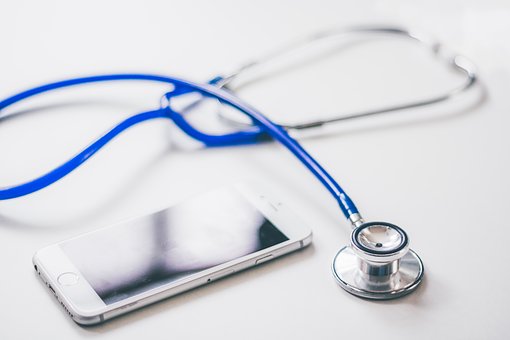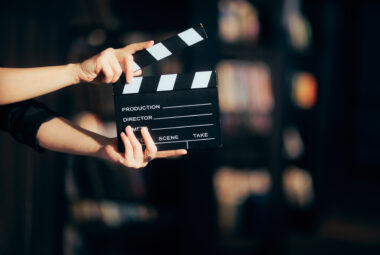
Your iPhone will see you now
What were the final items you picked up before leaving home this morning? Chances are that it was your keys. And a smartphone. In 20 years the smartphone has become almost indispensable, helping us in many areas of our lives. It is no longer a device just to call and text: you could argue that it’s a pocket office, replacing the need for a laptop; an entertainment portal, superseding the MP3 player; and a GPS navigation aid which has widely replaced stand-alone Sat-Navs. And then there are the thousands of apps to choose from, enabling us to further personalise the smartphone’s function.
Is it only a matter of time before the smartphone is an integral part of our healthcare regime too?
To date the number of mobile applications categorised as ‘healthcare’ exceeds 45,000 on both the App Store and Google Play. And after a few years promoting several other health apps, the NHS will be launching its own in December 2018.
So on a practical level, how will the new app benefit patients? It could be as simple as being able to FaceTime a doctor. Telemedicine is a growing sector, which the NHS is beginning to capitalise on (the official service, GPatHand, is currently restricted to London). Telemedicine takes advantage of the smartphone’s video, audio and GPS capabilities, and may help to reduce waiting times – as well as allowing access to GPs and specialists for those that are unable to travel to appointments.
Again at the lower end of the technological spectrum, the smartphone can be used as a portable reference database – the majority of medical apps on various ‘top ten’ lists are reference apps. As well as exposing the layman to a world of self-diagnosis, these apps can enable a health professional to travel to a patient and still access all of the necessary information.
One area where technology has already significantly transformed healthcare is in the monitoring and treatment of chronic illnesses such as diabetes. 30 years ago, a patient would be checking blood sugars with a urine dipstick and estimating approximate levels against a colour chart. Now, a patient can swipe their mobile over a sensor in the upper arm and see the last eight hours of data, utilising the NFC capabilities of the more recent smartphones.
This kind of technology (smartphone-as-measuring device) could be, and is being, applied to many different fields. For example, a smartphone can monitor sleep quality using the built-in microphone and/or accelerometer. Simply placing the index finger on the camera can give an instant measurement of the heart rate by detecting a colour change in the finger when the heart beats – like the pulse oximeter found in hospitals.
Self-treatment and diagnosis is on the up and it is difficult to see this slowing any time soon. The smartphone is likely to play a key role in this, especially with the upcoming launch of the NHS app.
For the time being, the app has fairly basic functionality – patients can access their records, order repeat prescriptions and access 111 – all things that can be done over the phone. But the app has the potential to be much more powerful than this.
Perhaps in the future a patient may be able to photograph an injury or blemish and submit it with a few key words within an app. The app could then take advantage of image analysis software and a database stored on the smartphone to determine the most likely issue and remedy, without requiring the input of a professional and without any burden on the NHS.
So how can the intellectual property in these apps be protected? A large number of healthcare and medical apps currently available are reference guides, medication reminders or information logs. On a basic level, these apps would be excluded from patentability because they lack technical subject matter – they are likely to fall under the presentation of information, business method or method of diagnosis exclusions.
However, it is not impossible to patent a healthcare-related app, particularly if the app forms part of a system (such as with a blood pressure or heart rate monitor). Another option to protect an app could be by registering a design or a trade mark, as discussed here in a previous article.
Barker Brettell has a dedicated medical sector group. If you would like to discuss options for protecting your new invention (app or otherwise) please get in touch with one of the team, or contact your usual attorney.



